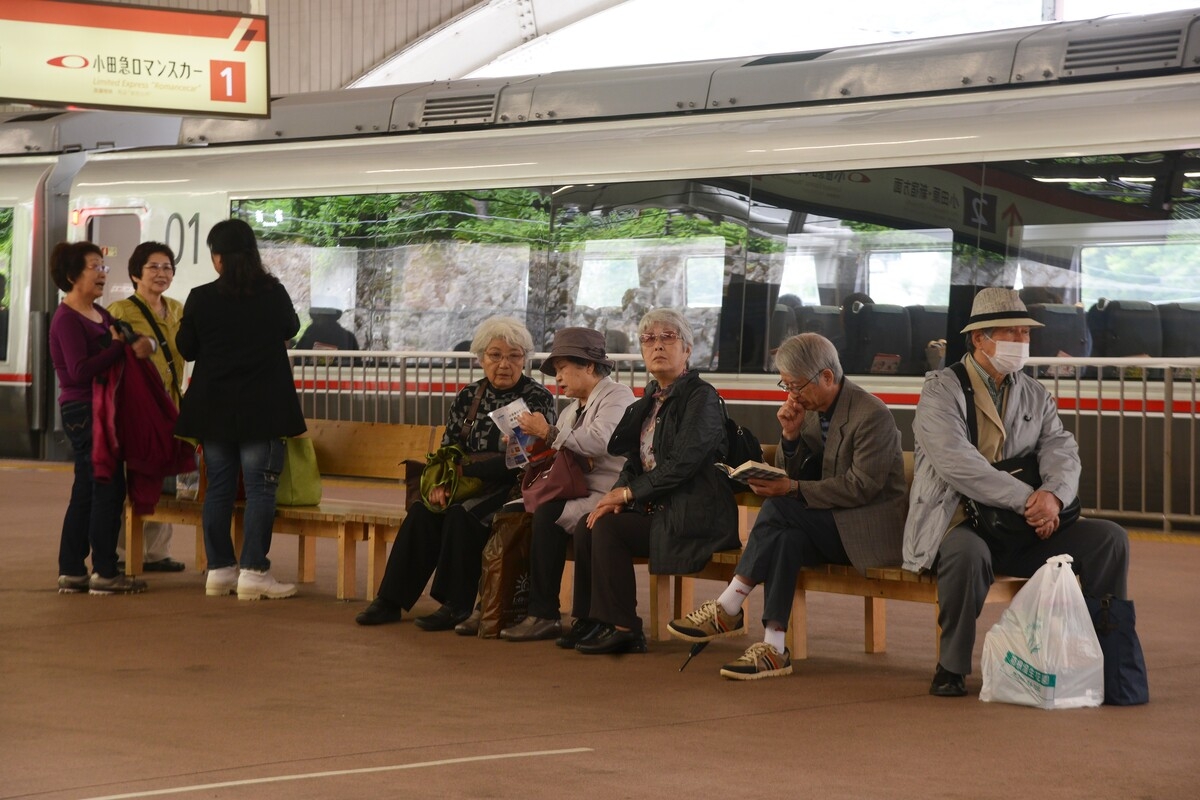POLICY
Japan's Efforts to Integrate Foreign Workers into Society
December 11, 2024
Japan, traditionally known for its low levels of immigration, has been making significant changes in response to its aging population and labor shortages. On June 14, 2024, the Japanese Diet passed legislation to establish a new "training and employment" system, replacing the controversial Technical Intern Training Program (TITP). The new system aims to improve integration, protect workers’ rights, and provide more opportunities for foreign workers to stay longer.

Historically, Japan has struggled with labor migration, with only 2.3% of its population being foreign-born in 2024, one of the lowest shares in the OECD. However, labor shortages, particularly in the manufacturing and nursing sectors, have led to a sharp increase in foreign workers, many of whom come from countries like Vietnam and Nepal. The introduction of the Specified Skilled Worker (SSW) program in 2019 was a step forward, allowing workers in certain industries to stay longer and even bring families.

A key challenge for Japan is retention. Foreign workers often leave smaller cities for larger urban areas where wages are higher. In response, local governments like Ueda in Nagano Prefecture have developed programs to support the integration and retention of these workers, such as Japanese language classes and cultural activities.
The new training and employment system, expected to take full effect by 2027, seeks to ease job-switching restrictions and improve living conditions. With the competition for foreign talent intensifying from neighboring countries like South Korea and Taiwan, Japan’s success in creating a more welcoming environment for foreign workers will be critical to its ability to attract and retain this valuable workforce.
The new training and employment system, expected to take full effect by 2027, seeks to ease job-switching restrictions and improve living conditions. With the competition for foreign talent intensifying from neighboring countries like South Korea and Taiwan, Japan’s success in creating a more welcoming environment for foreign workers will be critical to its ability to attract and retain this valuable workforce.
